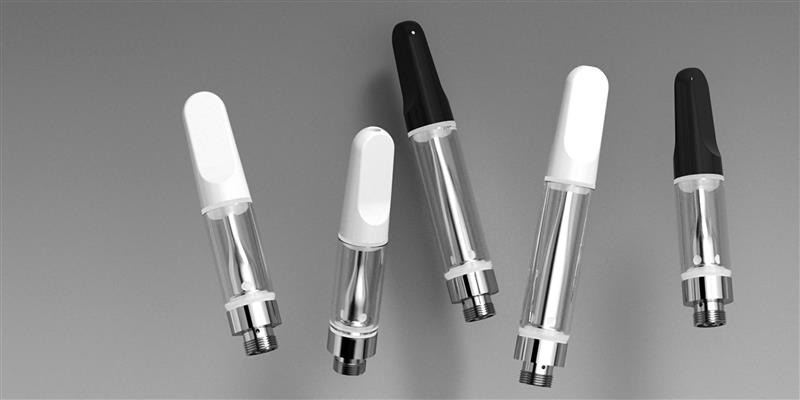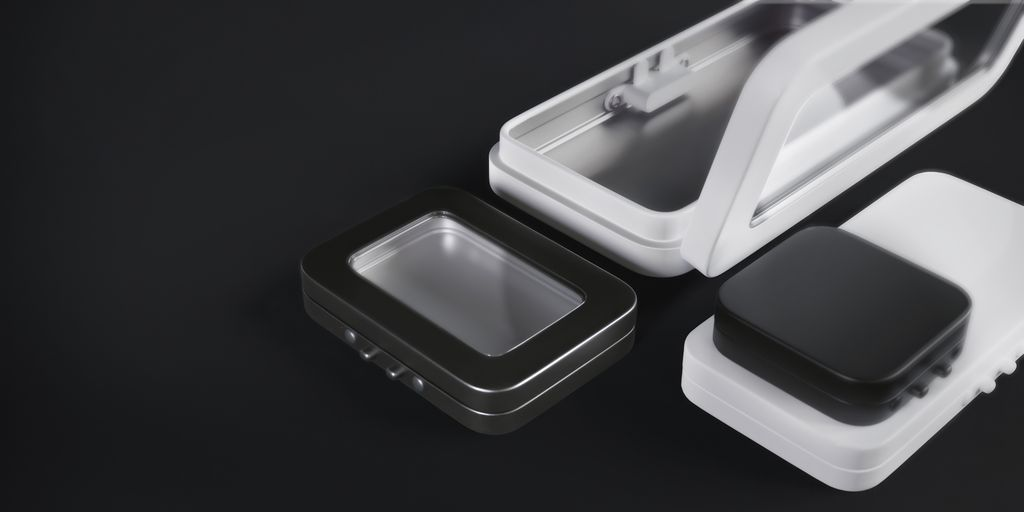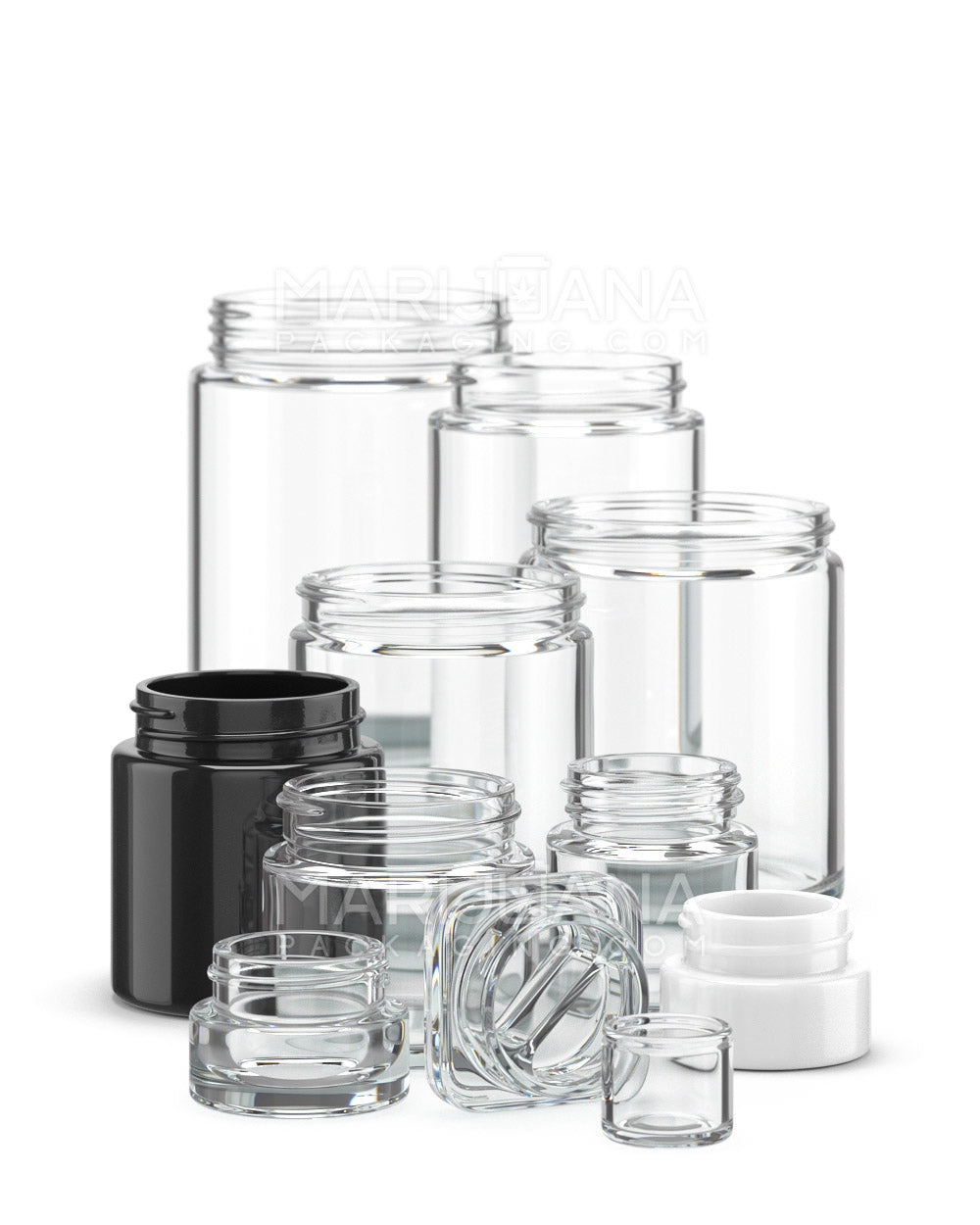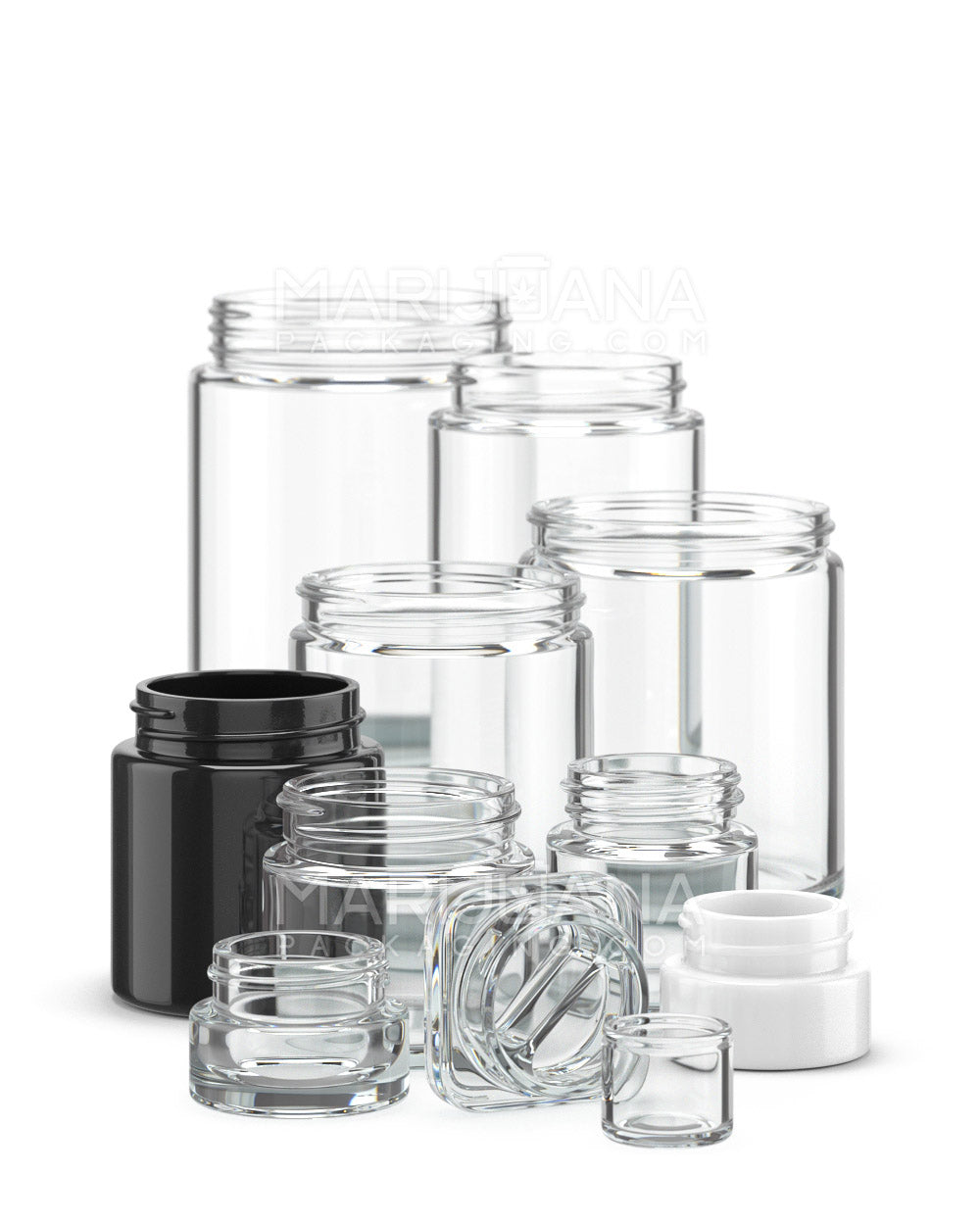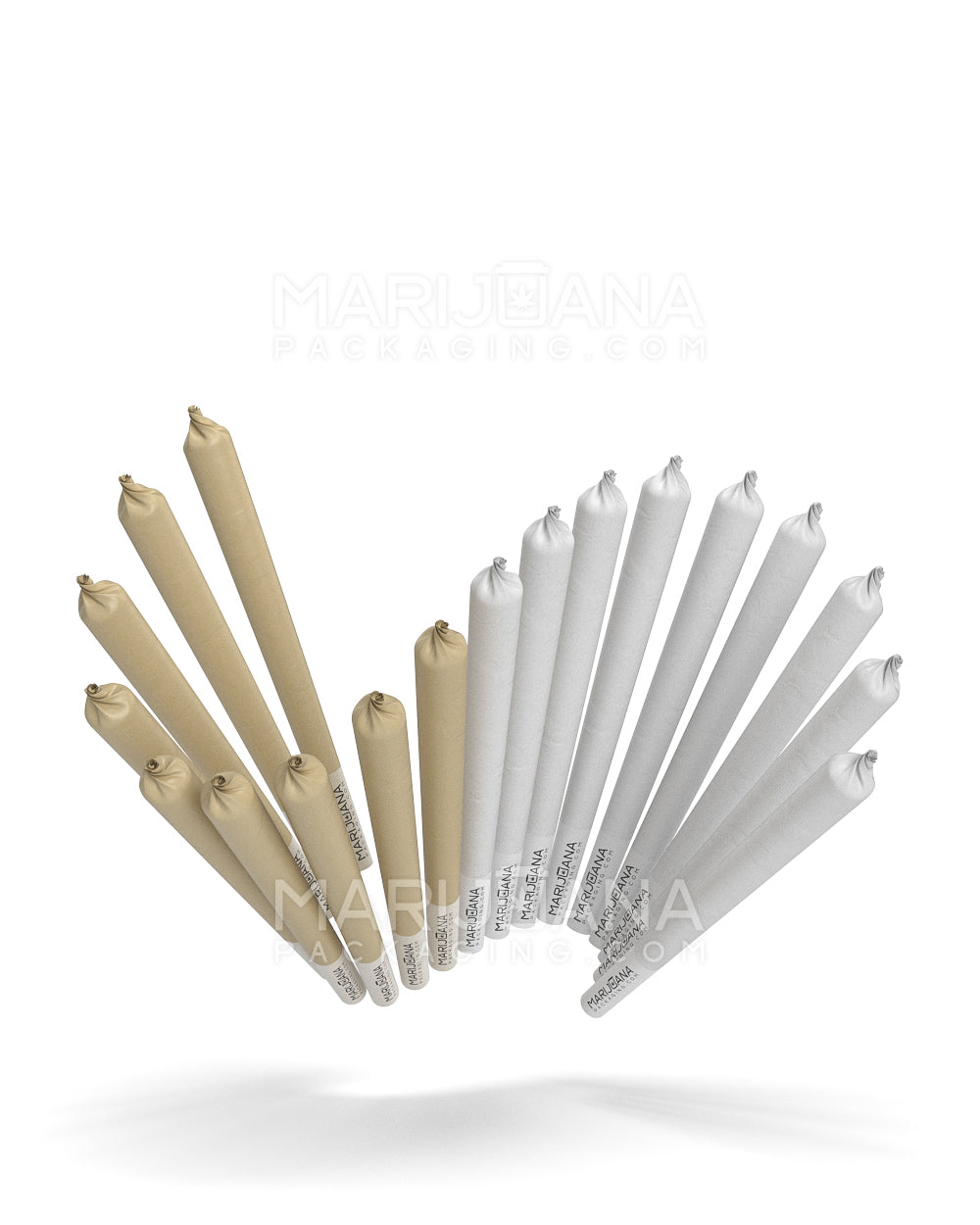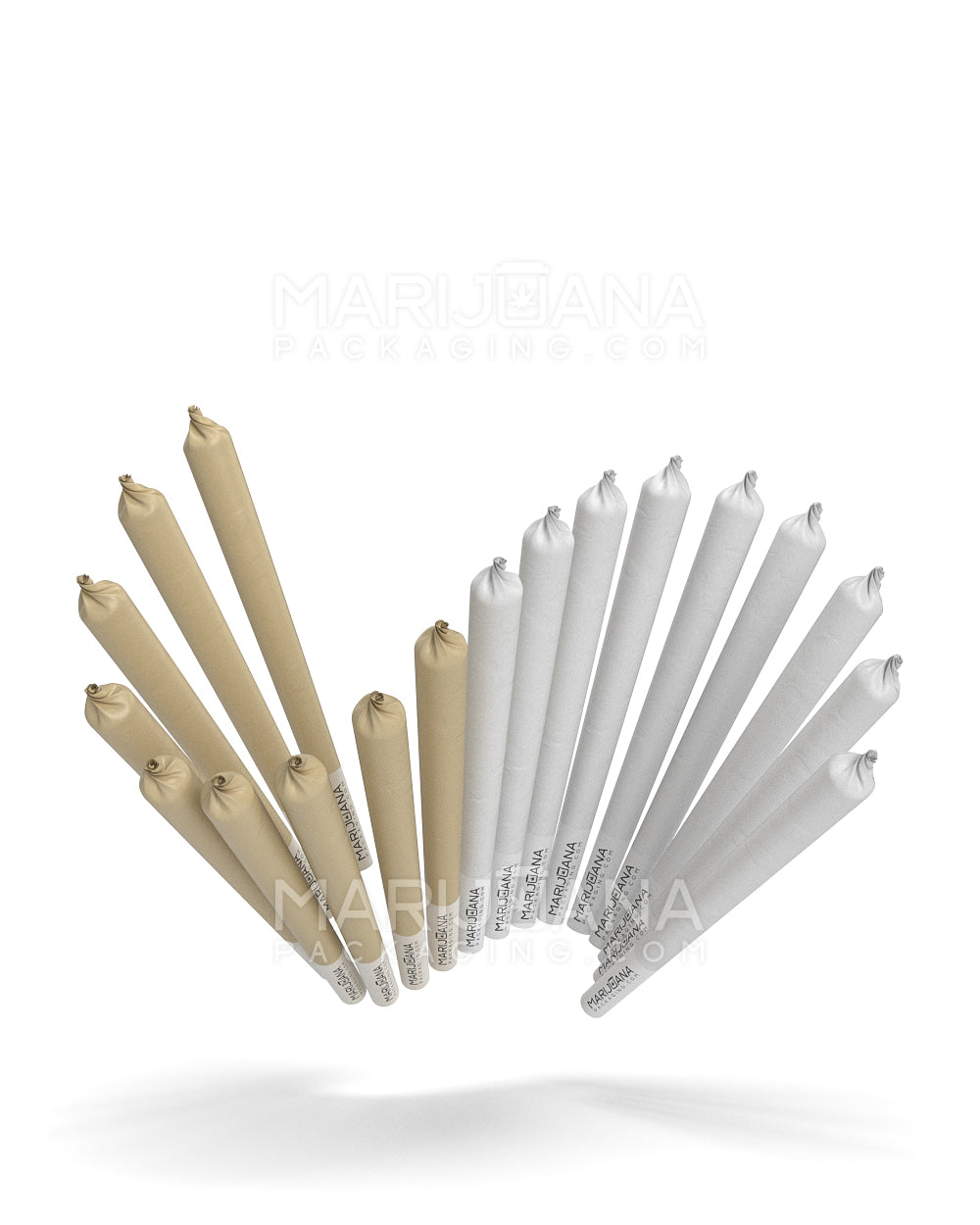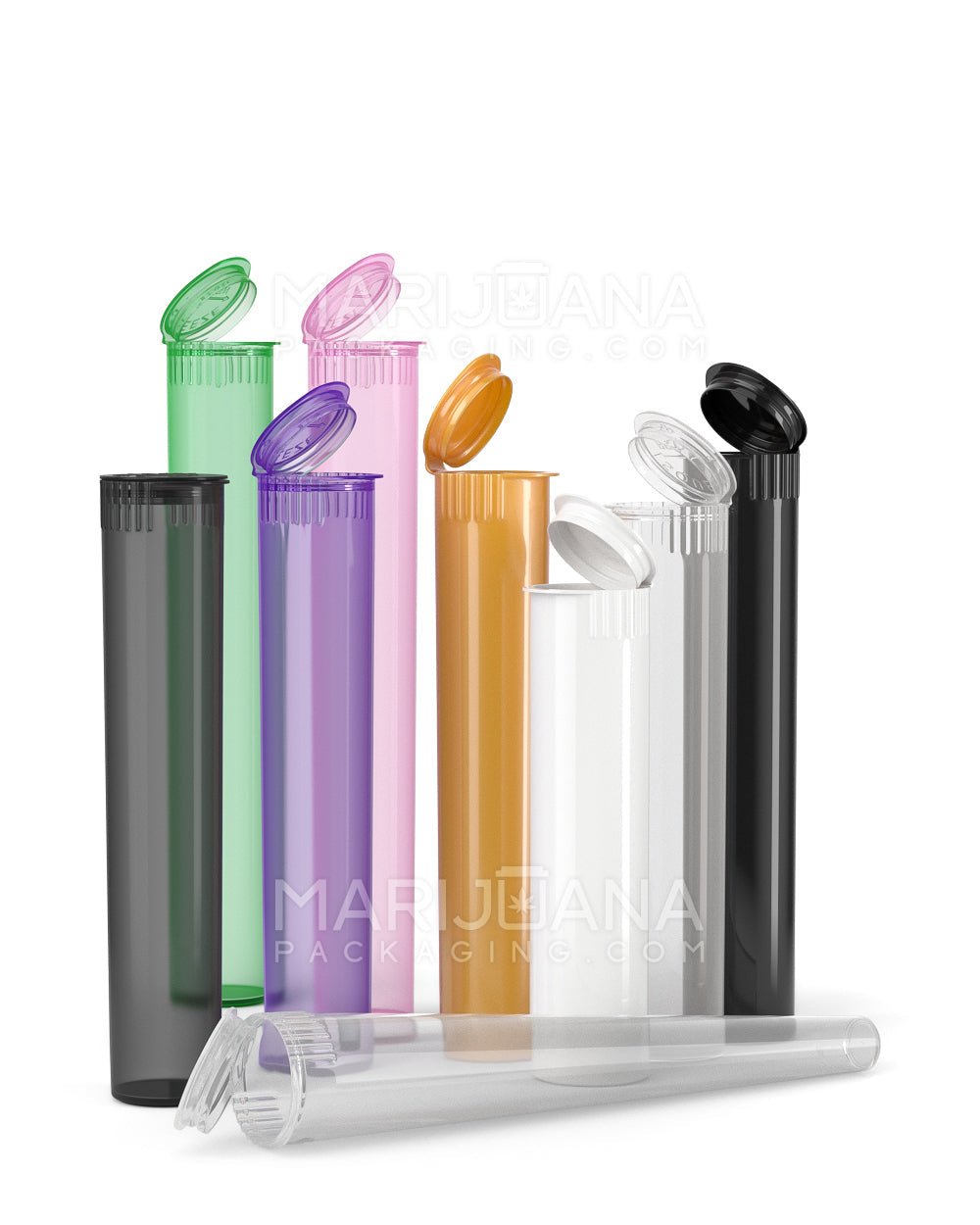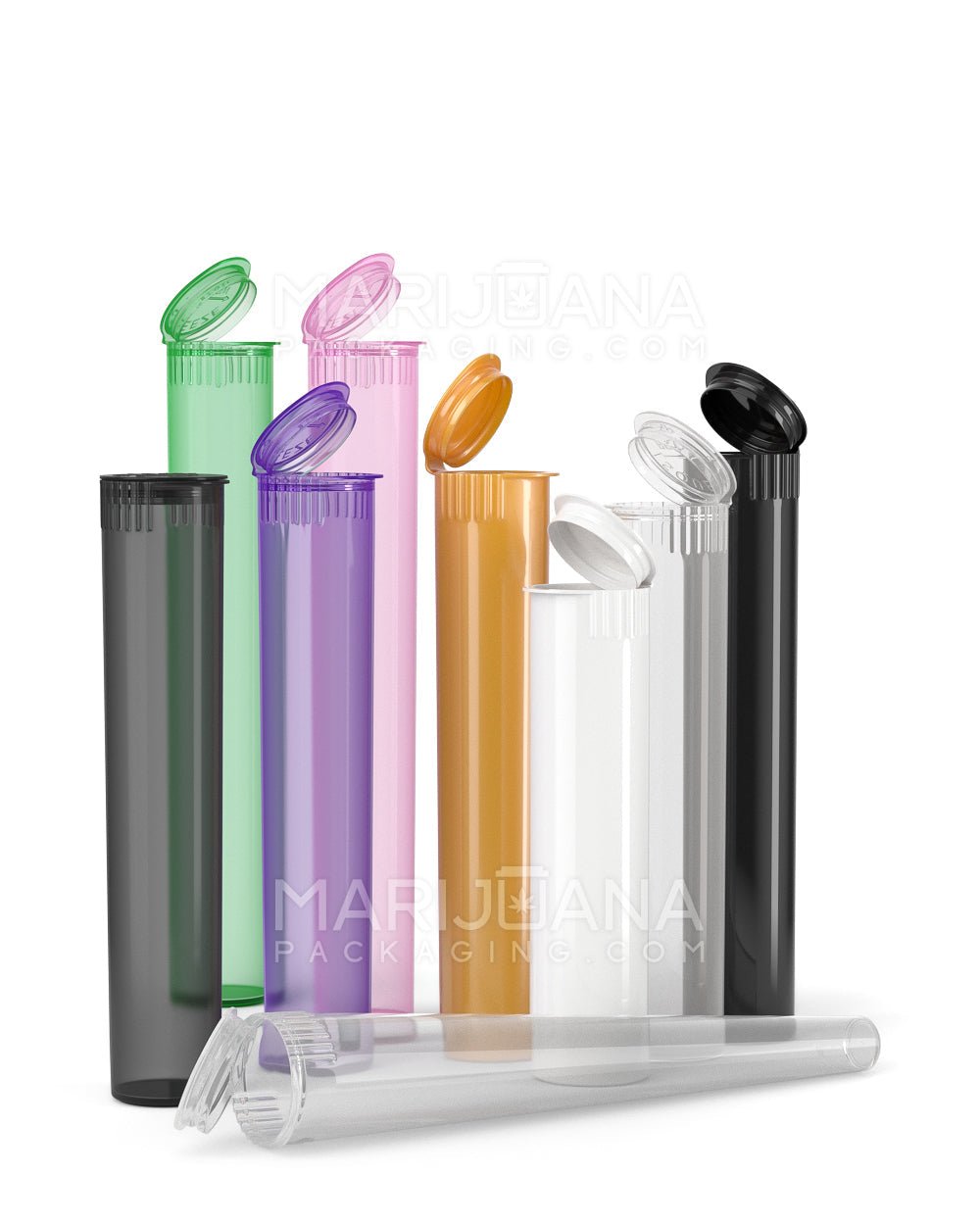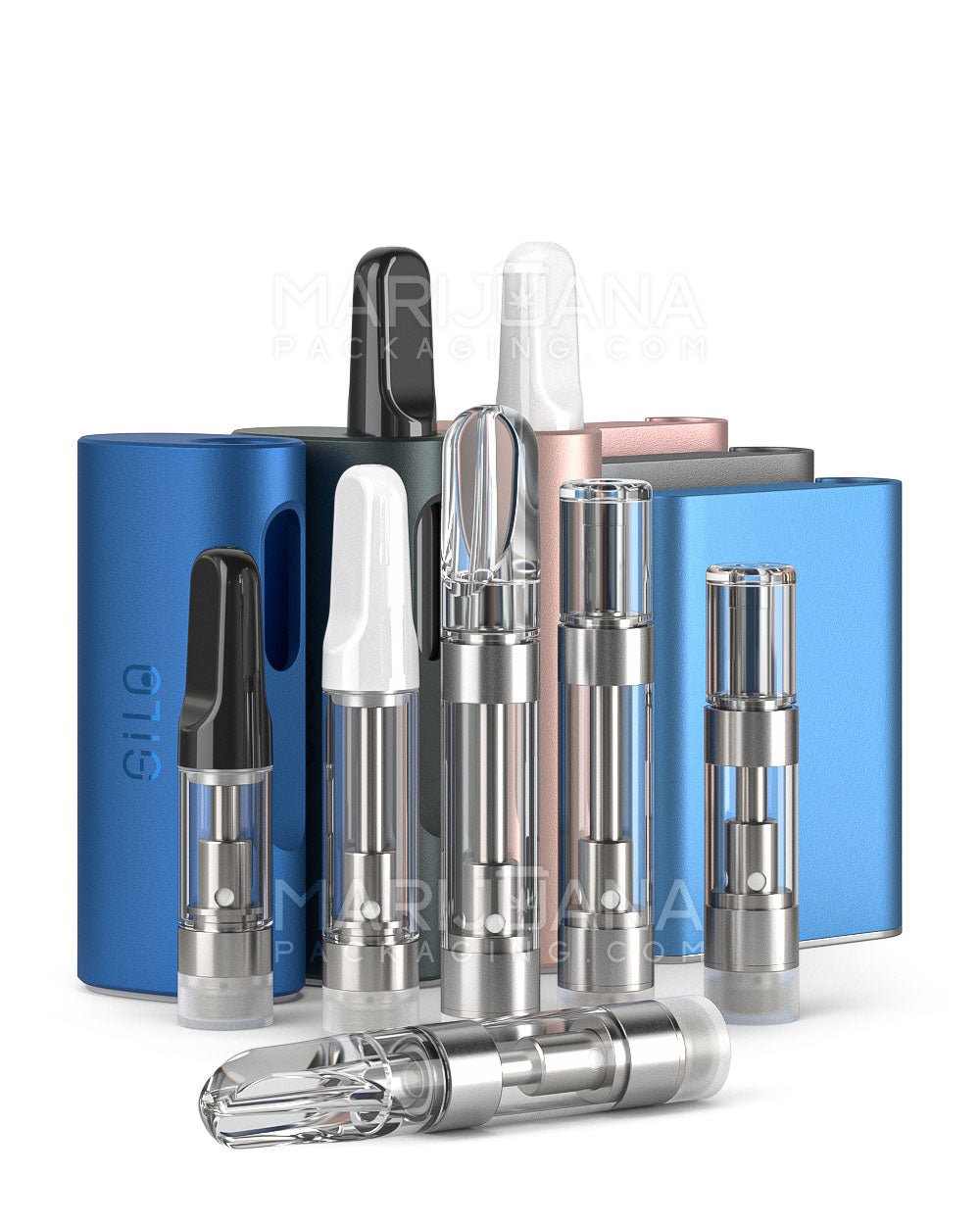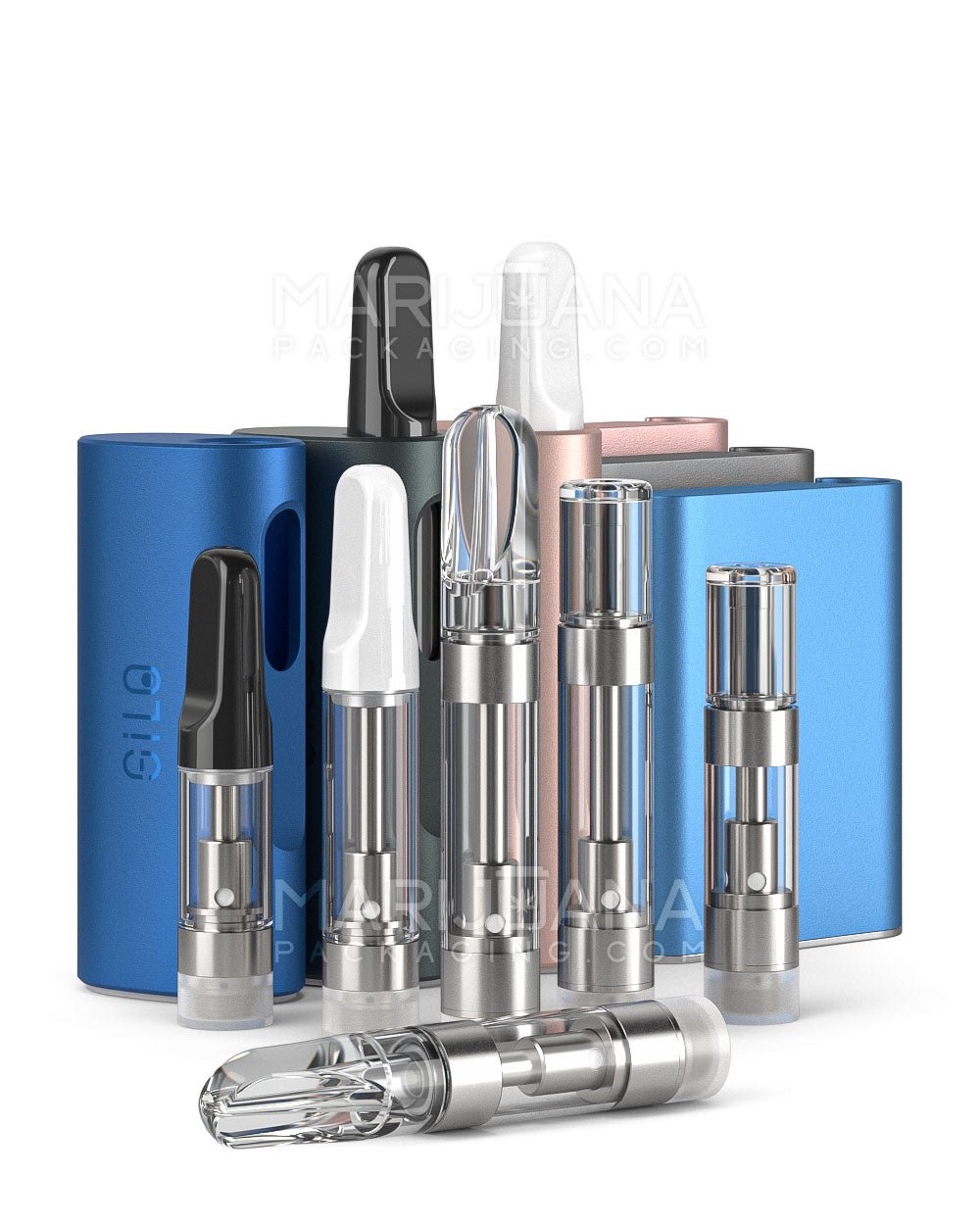Bonsai marijuana? Yes, you read that right. Just like the ancient Japanese art of cultivating miniature trees, you can bonsai your cannabis plants. This isn't just a quirky hobby; it's a practical way to manage space, especially if you're growing indoors. Plus, it looks pretty cool, too.
In this post, we're going to cover everything you need to know about bonsai marijuana. From selecting the right strain and setting up your workspace to the step-by-step process of bonsai training, we've got you covered. Let's get started on this gardening adventure, shall we?
Choosing the Right Strain
Not all marijuana strains are created equal, especially when it comes to bonsai cultivation. You'll want to select a strain that naturally grows compact and dense. Indica strains often fit the bill due to their bushy and sturdy nature. They’re less likely to stretch out as much as sativa strains, which tend to grow taller and lankier.
That said, some hybrid strains can also be a good choice if they lean towards the indica side. When choosing your strain, consider your space constraints and the specific growing conditions you can provide. It's not just about the physical characteristics of the plant but also about how much maintenance you're prepared to undertake.
Here are a few strains that are popular among bonsai enthusiasts:
- Northern Lights: Known for its resilience and ease of growth. It's a favorite among indoor growers.
- Blueberry: This strain is not only compact but also offers a delightful aroma and flavor.
- Afghan Kush: A classic indica with a robust structure, making it ideal for bonsai techniques.
Remember, each strain will have its own unique growing habits, so do a bit of research to find one that matches your needs and experience level.
Setting Up Your Workspace
Before you start, you'll need to set up an appropriate space for your bonsai marijuana plant. This is crucial for ensuring your plant has the best chance of thriving. Think of this space as a mini sanctuary where your plant can grow in peace.
First, decide whether you’ll be growing indoors or outdoors. Indoor growing gives you more control over environmental factors like temperature, humidity, and light. If you're going the indoor route, a small grow tent or a space near a sunny window can work well. Outdoor growers will need to find a spot that gets plenty of sunlight but is also protected from extreme weather conditions.
You’ll also need the following tools and supplies:
- Pots: Start with a small pot and gradually move to larger ones as the plant grows.
- Soil: Use a well-draining potting mix specifically designed for cannabis.
- Lighting: If growing indoors, invest in LED grow lights to mimic natural sunlight.
- Pruning tools: Sharp scissors or pruning shears are essential for shaping your bonsai.
Having a clean and organized workspace will make the process smoother and more enjoyable. Plus, it’ll help you avoid any accidental damage to your plant.
The Art of Pruning
Pruning is at the heart of bonsai cultivation. It’s how you shape your plant and encourage it to grow in a way that resembles a miniature tree. While it might sound daunting at first, with a little practice, you’ll find it’s more like giving your plant a haircut than major surgery.
Start by identifying the main stem of your plant. This will act as the trunk of your bonsai. From there, look for any branches that are growing inwards or are too close together. These are the ones you’ll want to prune first, as they can block light and air from reaching the rest of the plant.
When pruning, use sharp scissors or shears to make clean cuts. Avoid tearing the branches, as this can cause unnecessary stress to the plant. It's also important to prune gradually over time rather than all at once. This allows the plant to recover and continue growing without too much shock.
Here are some pruning tips to keep in mind:
- Less is more: It's better to prune a little at a time rather than risk over-pruning.
- Pay attention to symmetry: Aim for a balanced look by trimming evenly on all sides.
- Don’t forget the leaves: Removing some of the larger leaves can help improve light penetration and air circulation.
Pruning is both an art and a science, so don’t be afraid to experiment and find what works best for your plant.
Training Techniques
Once you've got the hang of pruning, it's time to move on to training techniques. These are methods you use to guide the growth of your plant in specific directions. By manipulating the plant’s branches, you can create a more aesthetically pleasing bonsai.
One popular technique is Low Stress Training (LST). This involves gently bending and tying down branches to create a wider canopy. It encourages more even light distribution and can lead to higher yields. Use soft plant ties or garden wire to secure the branches without damaging them.
Another method is topping. This involves cutting off the main stem's top to encourage bushier growth. When done correctly, topping can result in a more balanced plant with multiple main colas instead of just one dominant one.
Here’s a quick guide to some common training techniques:
- LST: Bend and tie branches to create a flat, even canopy.
- Topping: Remove the plant’s top growth to encourage multiple colas.
- FIMming: Similar to topping but less aggressive. It involves pinching off the new growth at the top.
Training is a gradual process, so take your time and be gentle with your plant. The goal is to enhance its natural beauty, not to force it into an unnatural shape.
Watering and Nutrient Needs
Just like any other plant, bonsai marijuana has specific watering and nutrient requirements. Getting this right is essential for healthy growth and development.
When it comes to watering, less is often more. Bonsai plants are grown in small pots, which means they dry out faster than larger plants. However, overwatering can be just as damaging as underwatering. The key is to water when the top inch of soil feels dry to the touch. Use a watering can with a narrow spout to direct water to the base of the plant without disturbing the soil.
Nutrients are another important factor. Cannabis plants have specific requirements for nitrogen, phosphorus, and potassium, among other elements. You can use a balanced fertilizer specifically designed for cannabis or a general-purpose plant food with a similar nutrient ratio.
Here are some tips for feeding your bonsai:
- Start with a low concentration: It's better to feed less frequently than to overwhelm the plant with too many nutrients.
- Observe your plant: Yellowing leaves or slow growth can indicate a nutrient deficiency.
- Adjust as needed: As the plant grows, its nutrient needs will change. Be prepared to tweak your feeding schedule accordingly.
Paying close attention to your plant’s watering and nutrient needs will set the foundation for a healthy, thriving bonsai.
Lighting Considerations
Light is a crucial factor in cannabis growth, and bonsai marijuana is no exception. Whether you’re growing indoors or outdoors, providing adequate light is essential for healthy development.
If you're growing indoors, LED grow lights are a popular choice. They’re energy-efficient and provide a full spectrum of light that closely mimics natural sunlight. Position the lights above the plant and adjust the height as it grows to ensure even light distribution.
For outdoor growers, the sun is your best friend. However, it’s important to monitor the amount of light your plant receives. Too much direct sunlight can scorch the leaves, while too little can result in weak, spindly growth. If possible, find a spot that offers partial shade during the hottest parts of the day.
Here’s a quick rundown of lighting tips:
- Indoor lighting: Use adjustable LED grow lights for optimal light conditions.
- Outdoor lighting: Choose a location with plenty of natural light but also some protection from intense midday sun.
- Light cycles: Maintain consistent light cycles to mimic the plant's natural environment (usually 18 hours of light and 6 hours of darkness during the vegetative stage).
By ensuring your plant has the right amount of light, you'll support healthy growth and development, resulting in a beautiful bonsai marijuana plant.
Managing Pests and Diseases
Even the most carefully cultivated bonsai marijuana plants can fall victim to pests and diseases. Keeping a close eye on your plant and catching any issues early is vital to maintaining its health.
Common pests include spider mites, aphids, and fungus gnats. These tiny insects can cause significant damage if left unchecked. Regularly inspect your plant for signs of infestation, such as discolored leaves or webbing. If you spot any pests, consider using organic insecticidal soap or neem oil as a first line of defense.
Diseases, such as powdery mildew and root rot, can also pose a threat. Ensuring good air circulation and avoiding overwatering can help prevent these issues. Additionally, maintaining cleanliness in your growing area can reduce the risk of contamination.
Here are some tips for managing pests and diseases:
- Regular inspections: Check your plant frequently for signs of pests or disease.
- Organic solutions: Use natural remedies like neem oil or insecticidal soap to treat infestations.
- Preventative measures: Maintain cleanliness and proper air circulation to minimize the risk of disease.
By staying vigilant and addressing any problems promptly, you can protect your bonsai marijuana plant from pests and diseases.
Harvesting Your Bonsai Marijuana
The moment you've been waiting for has finally arrived: harvest time. Knowing when and how to harvest your bonsai marijuana plant is crucial for achieving the best results.
Timing is everything. The best way to determine when your plant is ready for harvest is by examining the trichomes. These tiny, crystal-like structures on the buds change color as the plant matures. When most trichomes have turned milky white with a few turning amber, it's time to harvest.
To harvest, use sharp scissors or pruning shears to cut the branches at the base. Handle the buds gently to avoid damaging the delicate trichomes. Once harvested, hang the branches upside down in a cool, dark, and well-ventilated space to dry.
Here are some harvesting tips:
- Check the trichomes: Harvest when the majority are milky white with some amber.
- Use sharp tools: Clean cuts will make the process easier and help preserve the quality of the buds.
- Dry properly: Ensure the drying area is dark and well-ventilated to prevent mold and maintain quality.
With patience and care, you'll be rewarded with a successful harvest of your bonsai marijuana plant.
Final Thoughts
Bonsai marijuana cultivation is a fascinating and rewarding process. From selecting the right strain and setting up your workspace to mastering pruning and training techniques, each step presents its own challenges and joys. Remember, patience and practice are key to creating a beautiful bonsai that you can be proud of.
As you embark on this journey, consider how Gamut can support your endeavors. With over a decade of expertise in packaging for consumer goods, Gamut provides a full range of packaging solutions tailored to meet your needs. Whether you're looking for stock options or custom designs, Gamut runs the gamut to help your brand stand out in any market. From jars and bags to containers and wraps, their full-scale packaging services make your brand unforgettable.



